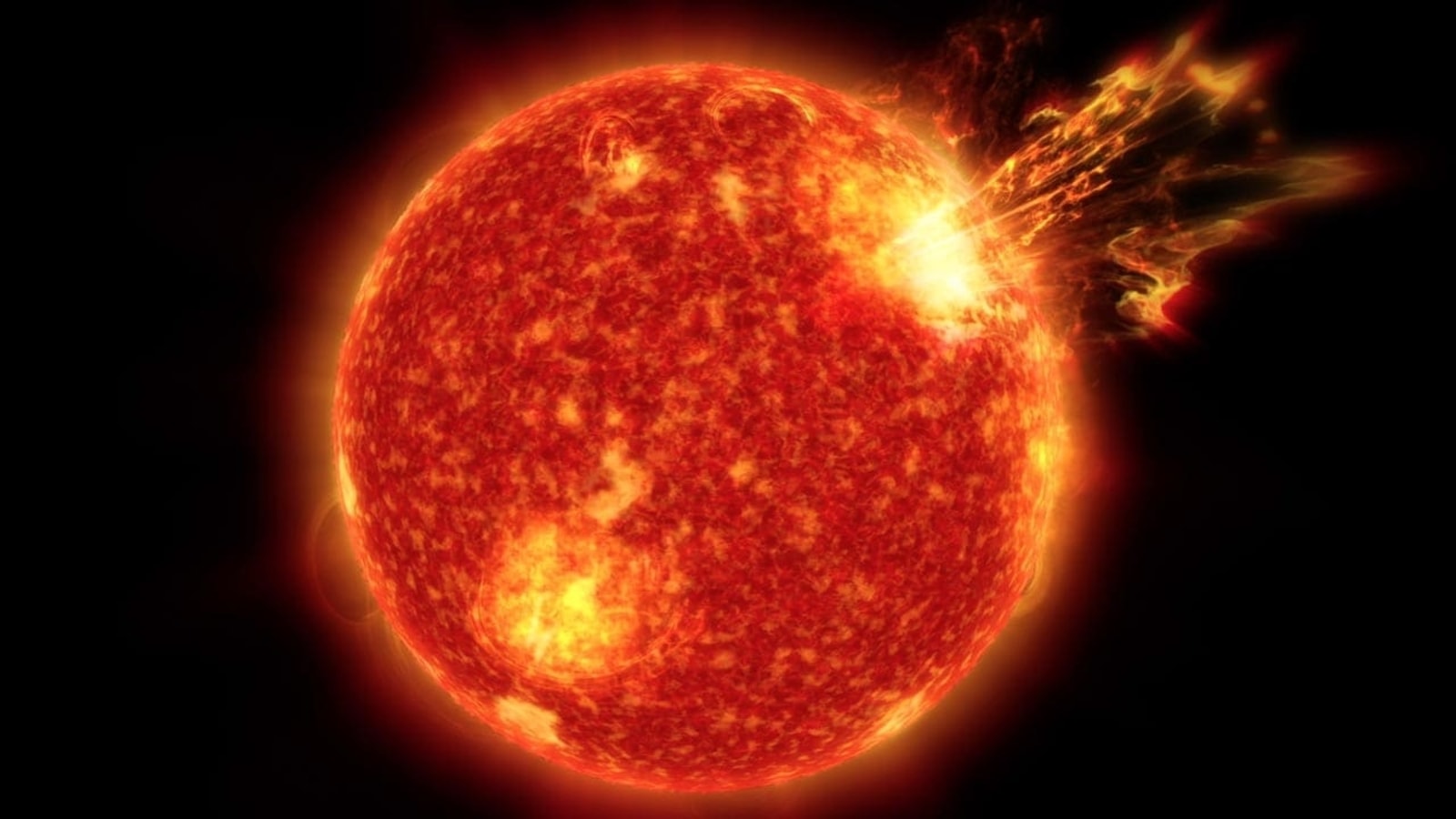Solar flare EXPLOSION sparks blackouts in Australia; Solar storm to strike Earth soon
The notorious sunspot AR3234 has exploded once again, releasing multiple solar flares that caused blackouts in Australia. The CME released from the event is expected to cause a solar storm on Earth.






 View all Images
View all ImagesThe unrelenting Sun has exploded multiple times over the last weekend, between March 4 and 5, releasing powerful M-class solar flares. The solar flares exploded within the notorious sunspot AR3234 which has already been involved in at least two X-class flares and multiple M-class flares. The powerful radiation from the event caused radio blackouts in Australia and New Zealand. Now, to add to the worries, the coronal mass ejection (CME) released from the event is expected to strike the Earth on March 7. Know how much damage this solar storm can do to our infrastructure.
The incident was reported by SpaceWeather.com which noted on its website, “Solar activity is high with multiple strong M-class solar flares over the weekend. The strongest so far, an M5.8-class explosion from sunspot AR3243 on March 6th (0228 UTC), caused a shortwave radio blackout over Australia”. The report also confirmed that bright and fast CME was hurled into space during the explosion. The event was captured by NASA Solar and Heliospheric Observatory.
“Most of the storm cloud will miss Earth, sailing upstream of our planet. Most, but not all. There is a faint halo suggesting an Earth-directed component. A glancing blow could occur on March 9th, producing a minor G1-class geomagnetic storm,” the report added.
Blackouts and solar storms plague the Earth
The powerful radiation from these solar flares resulted in shortwave radio blackouts over Australia and New Zealand for more than an hour and half on March 6. This resulted in mariners, drone pilots and ham radio operators suffering loss of signal during this period. Luckily, the flares were M-class and thus GPS and other wireless communications were left unaffected.
Next, the Earth must prepare for a glancing blow from incoming CME, which can cause solar storm events. However, a G1-class solar storm is a minor event and it should not pose much of a threat. Regions in the higher altitudes in both hemispheres will get to see an aurora display.
However, in case the solar storm was of a higher category, things could have been entirely different. Solar storms in the G4 and G5 category can potentially damage satellites, break down mobile networks and internet services, cause power grid failures and corrupt sensitive ground-based electronics such as pacemakers and ventilators.
Catch all the Latest Tech News, Mobile News, Laptop News, Gaming news, Wearables News , How To News, also keep up with us on Whatsapp channel,Twitter, Facebook, Google News, and Instagram. For our latest videos, subscribe to our YouTube channel.





























